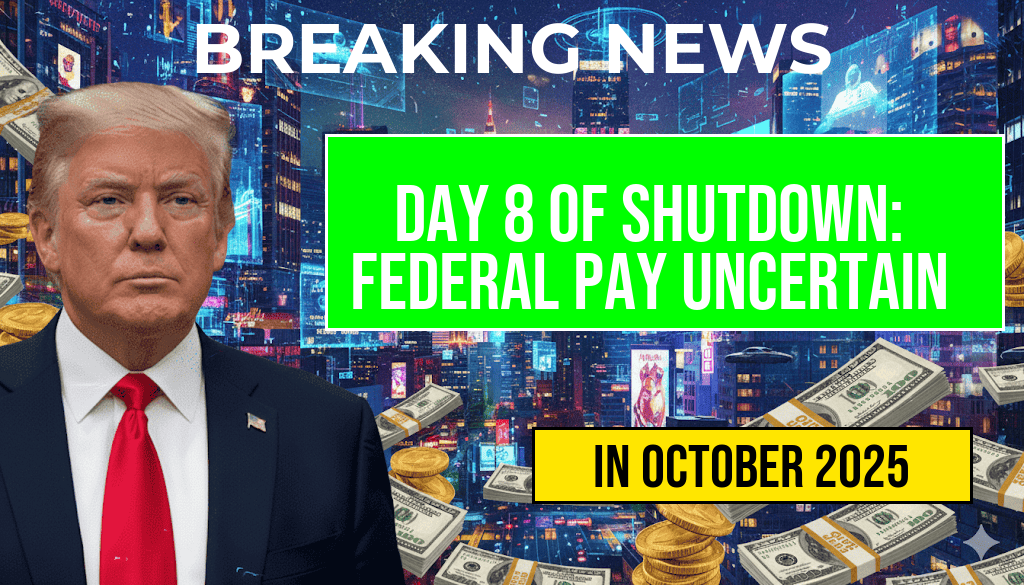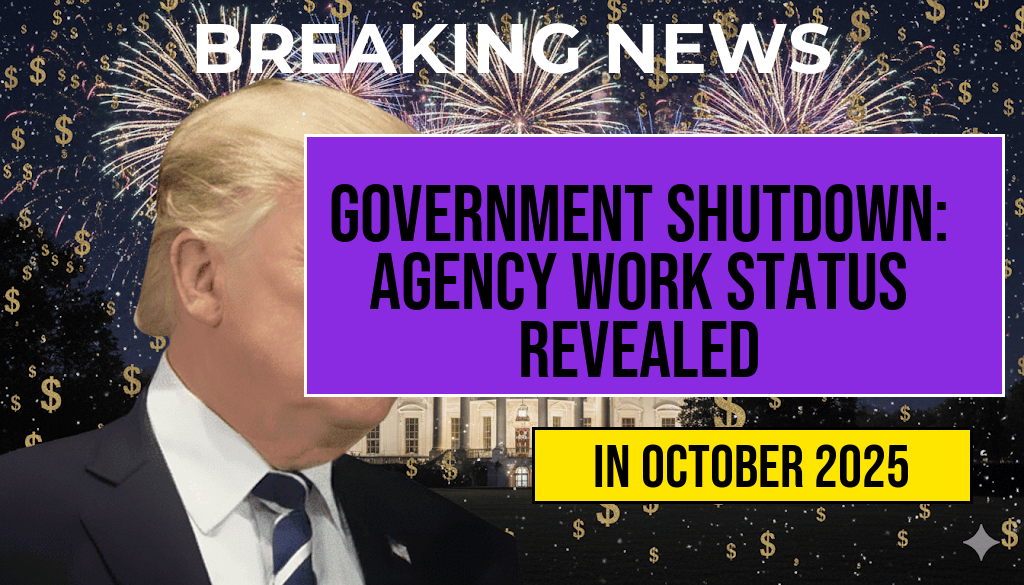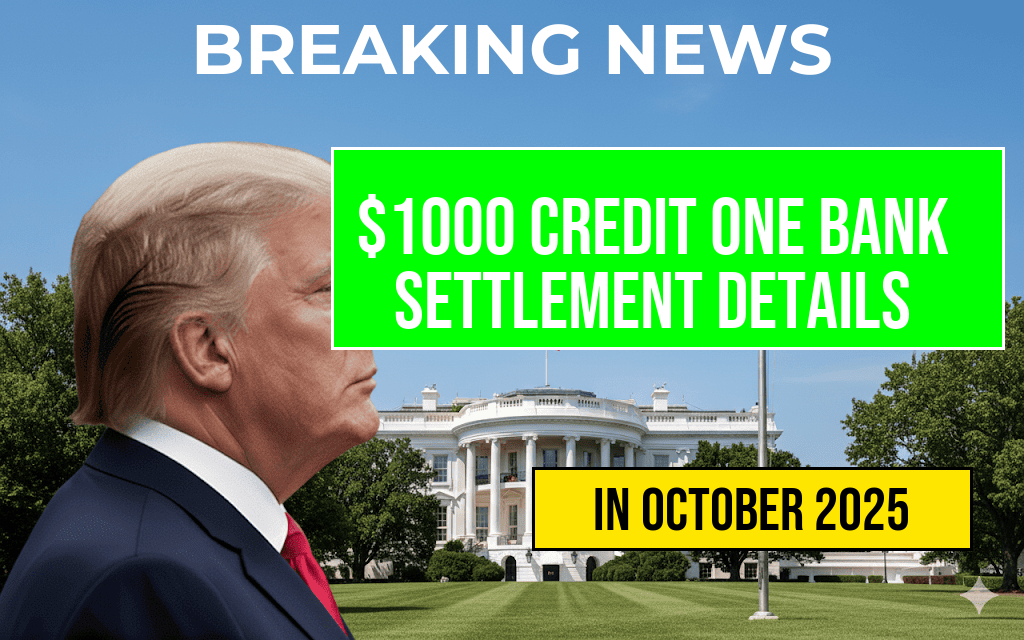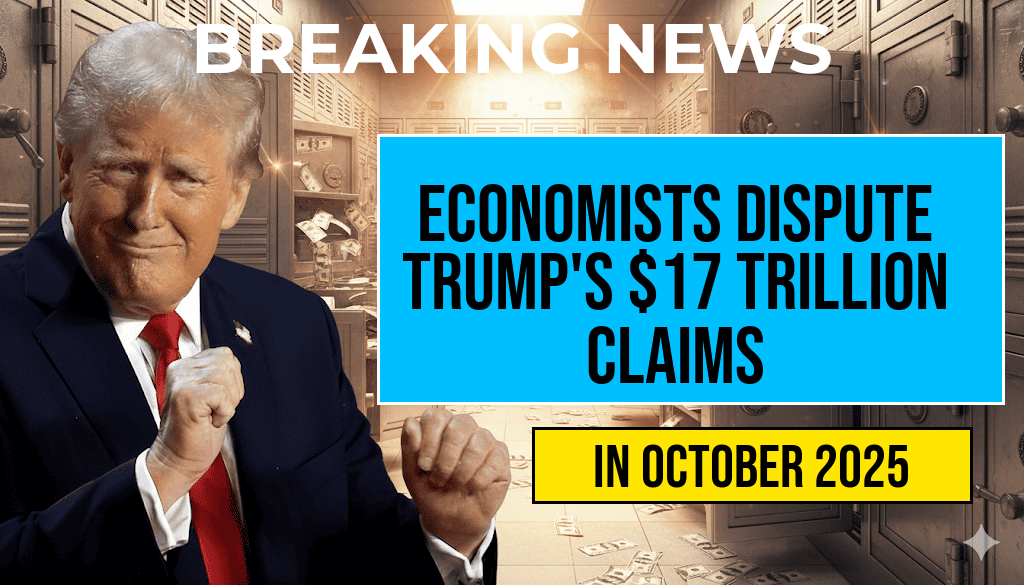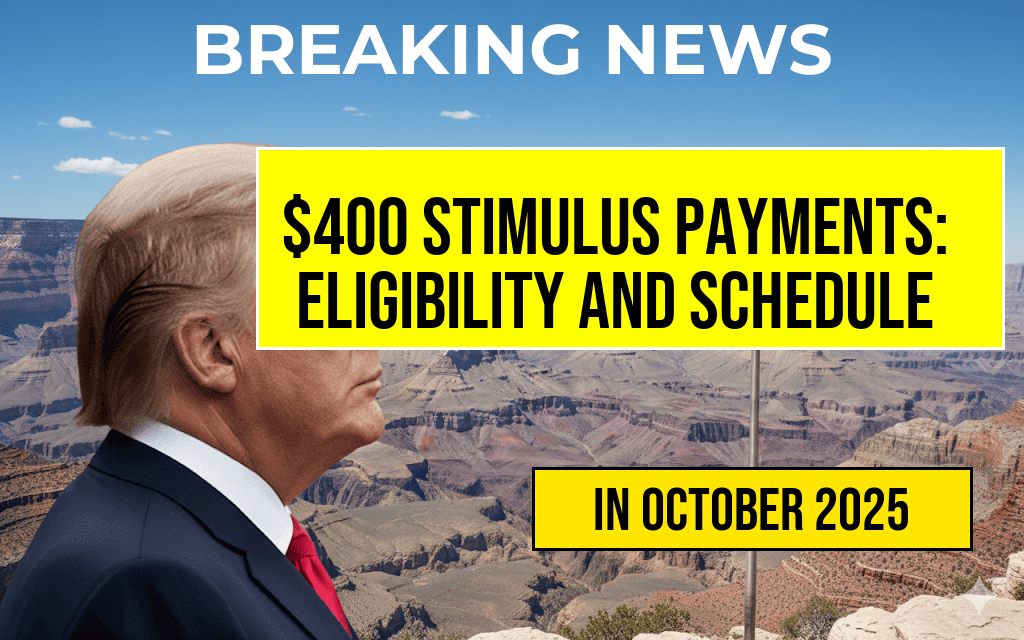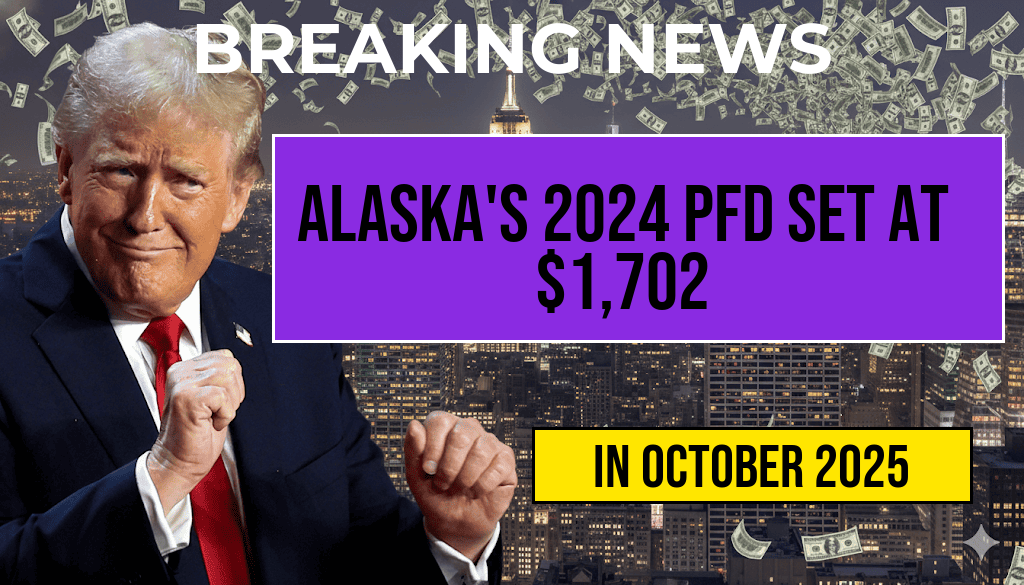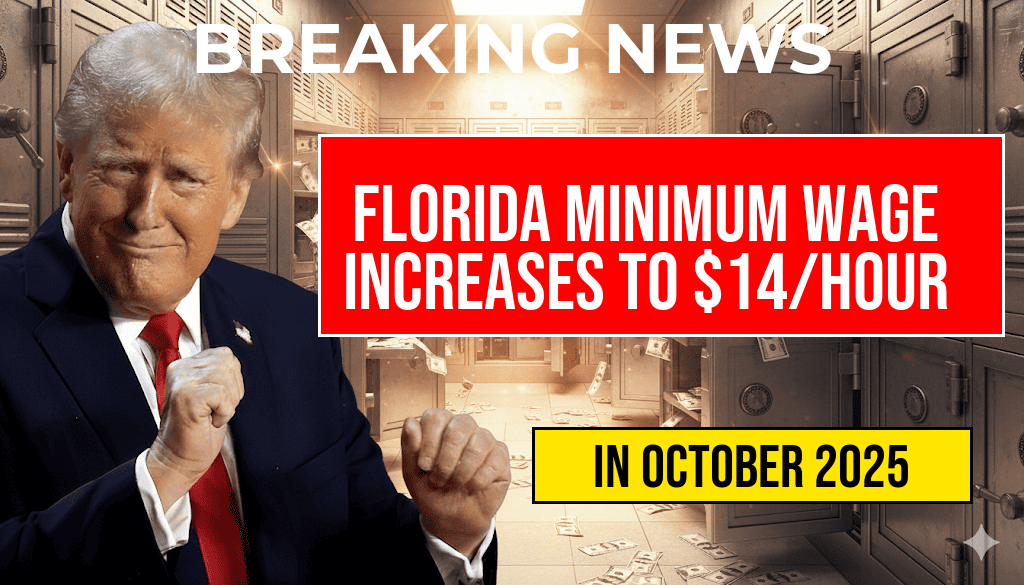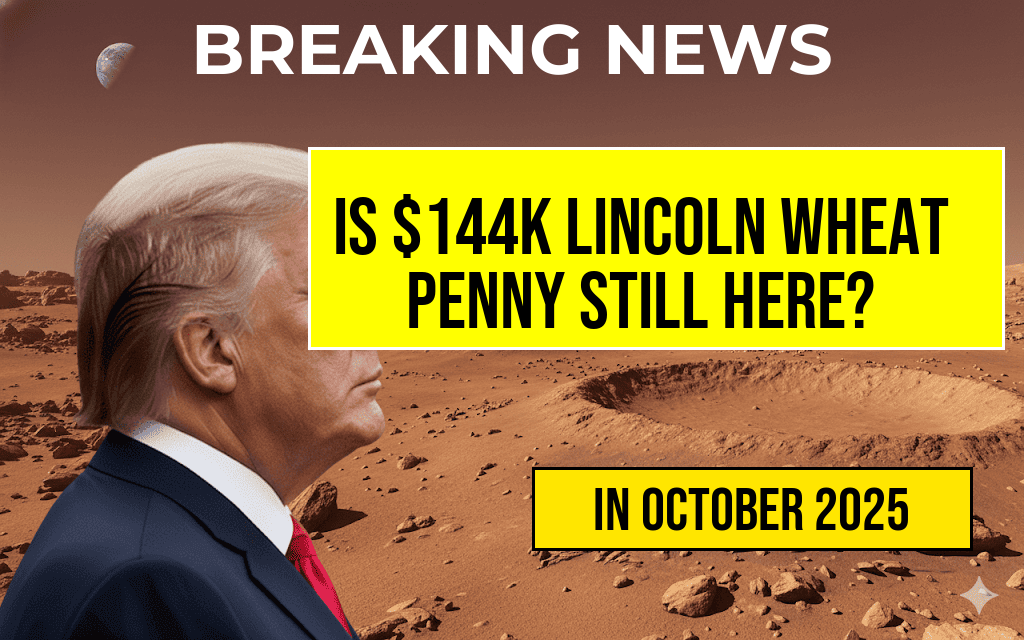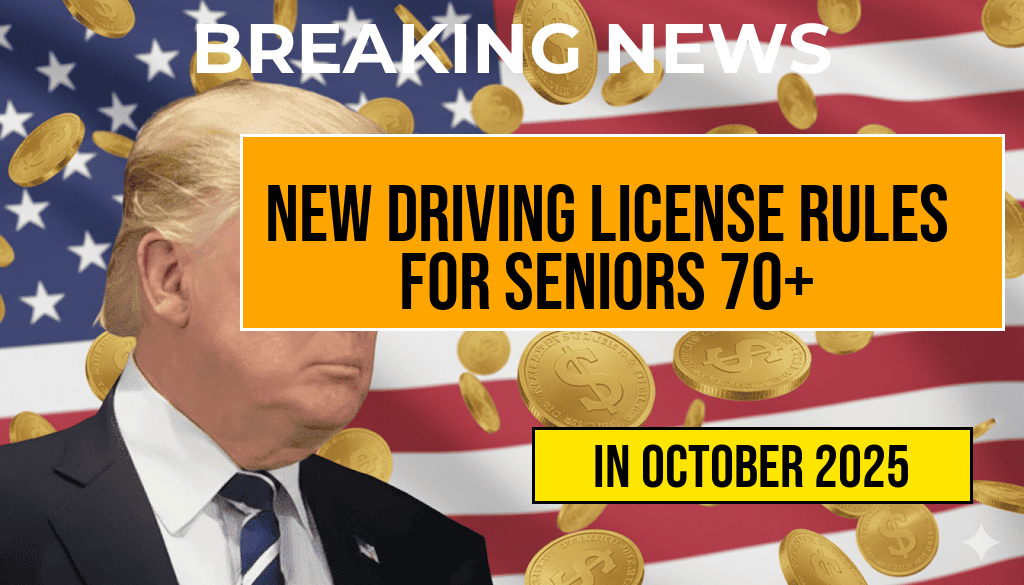In a recent debate, economists have sharply divided over former President Donald Trump’s assertion that his administration facilitated a staggering $17 trillion in global investments during his tenure. While Trump has touted this figure as a hallmark of his economic policies, critics argue that the numbers are inflated and misrepresent the actual dynamics of foreign investment in the United States. The argument is not merely about numbers; it reflects deeper ideological rifts concerning economic policy, trade relations, and the role of government in stimulating private investment.
Understanding the $17 Trillion Claim
Trump’s claim emerged during a rally in late September, where he emphasized the importance of his economic legacy. His supporters argue that the administration’s tax cuts and deregulation efforts spurred unprecedented levels of investment. They cite statistics from various sources, including the Forbes, as evidence that foreign direct investment (FDI) increased significantly during his presidency.
Rebuttals from Economic Experts
However, several economists and analysts have contested Trump’s interpretation of the data. They argue that the $17 trillion figure is misleading. Foreign direct investment is a complex metric that includes not just new investments but also reinvested earnings and various financial instruments that do not directly correlate to new job creation or economic growth.
- Misinterpretation of Data: Critics highlight that the total amount of FDI reported does not solely reflect Trump’s policies, as global investment trends are influenced by numerous factors, including economic cycles and international market conditions.
- Attribution of Investments: Some economists argue that attributing the entirety of these investments to Trump overlooks the contributions of previous administrations and the broader context of the global economy.
Economic Context and Implications
The backdrop of the debate is essential for understanding the implications of these claims. According to the Investopedia, FDI can encompass a wide range of activities, including mergers and acquisitions, establishing new operations, and reinvested earnings. As such, the claim of $17 trillion might include significant amounts that do not represent new economic activity spurred by policy changes.
Comparative Analysis of Investment Trends
To analyze the validity of Trump’s claims, it is crucial to compare investment trends across different administrations. The following table summarizes annual FDI inflows during recent presidential terms:
| Year | Obama Administration | Trump Administration | Biden Administration |
|---|---|---|---|
| 2016 | $391 | – | – |
| 2017 | – | $290 | – |
| 2018 | – | $284 | – |
| 2019 | – | $251 | – |
| 2020 | – | $154 | – |
| 2021 | – | – | $188 |
Political Ramifications of Investment Claims
The debate around the $17 trillion figure is not just an economic issue; it has significant political ramifications. Supporters of Trump view the claim as emblematic of his “America First” policy approach, while detractors see it as an exaggeration that undermines economic credibility. This clash reflects broader themes in American political discourse, particularly in the context of upcoming elections.
As the conversation continues, it will be crucial for both sides to ground their arguments in factual economic data, rather than relying solely on rhetoric. The implications of these claims extend beyond mere statistics; they shape public perception and influence policy-making in a rapidly evolving global economic landscape.
Frequently Asked Questions
What are the main points of contention among economists regarding Trump’s $17 trillion global investment claims?
Economists are divided on the validity of Trump’s claims, with some arguing that the $17 trillion figure is inflated and lacks supporting evidence, while others believe it could represent potential long-term economic growth.
How did Trump arrive at the $17 trillion figure for global investments?
Trump’s administration suggests that the $17 trillion figure stems from anticipated investments from both domestic and international sources, although critics question the methodologies used to derive this estimate.
What are the potential implications of Trump’s investment claims for the U.S. economy?
If realized, the $17 trillion investment could lead to significant job creation and economic expansion. However, skeptics warn that unverified claims might mislead stakeholders and impact investor confidence.
Are there historical precedents for similar investment claims by politicians?
Yes, politicians often make ambitious investment claims, but historical analysis shows that such projections can be overly optimistic and may not materialize as expected, raising questions about the credibility of Trump’s $17 trillion assertion.
What do economists suggest as a more realistic approach to fostering global investment?
Many economists advocate for clear policies, incentives for innovation, and international cooperation as more effective strategies for promoting global investment, rather than relying on claims of inflated figures like $17 trillion.


